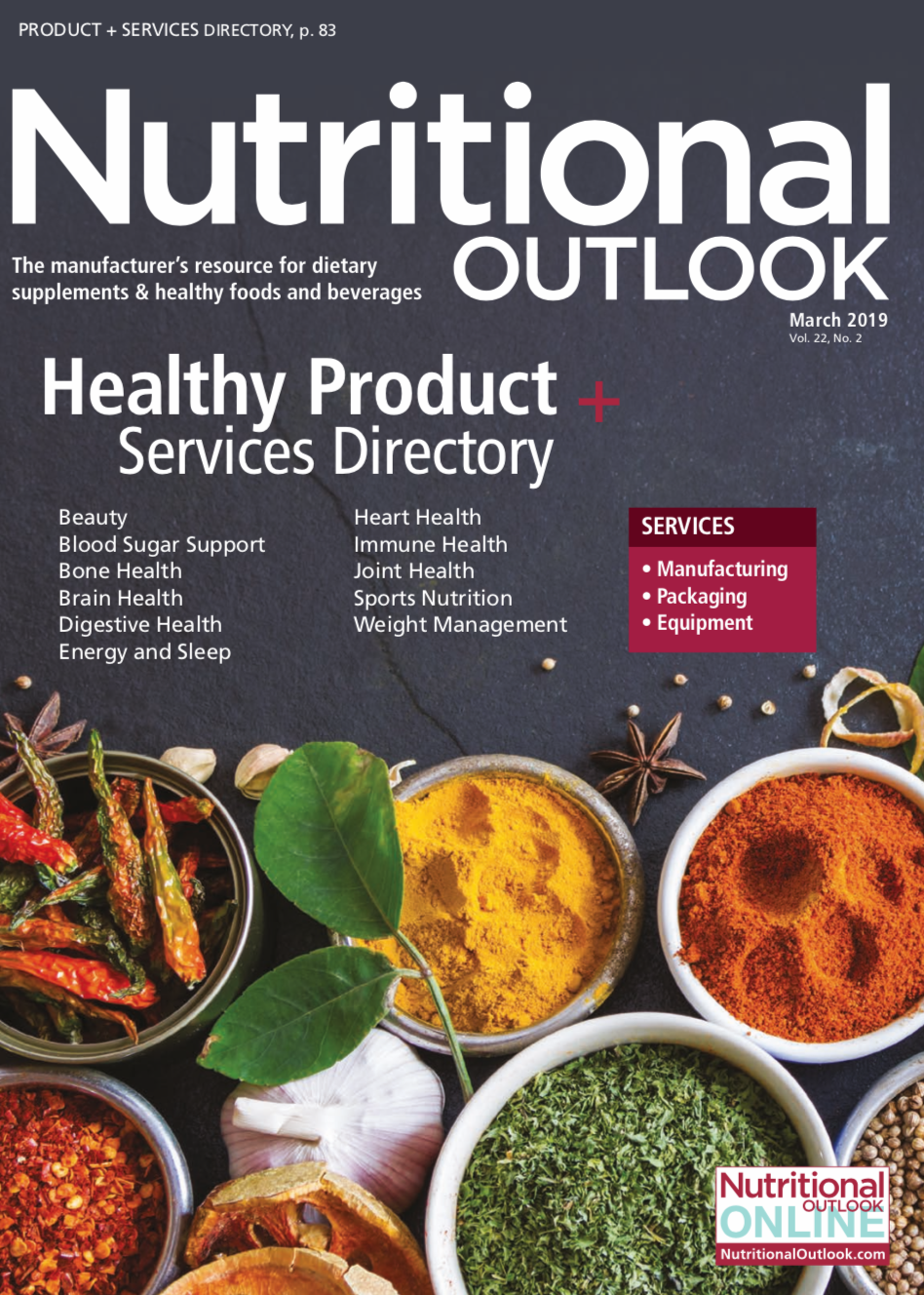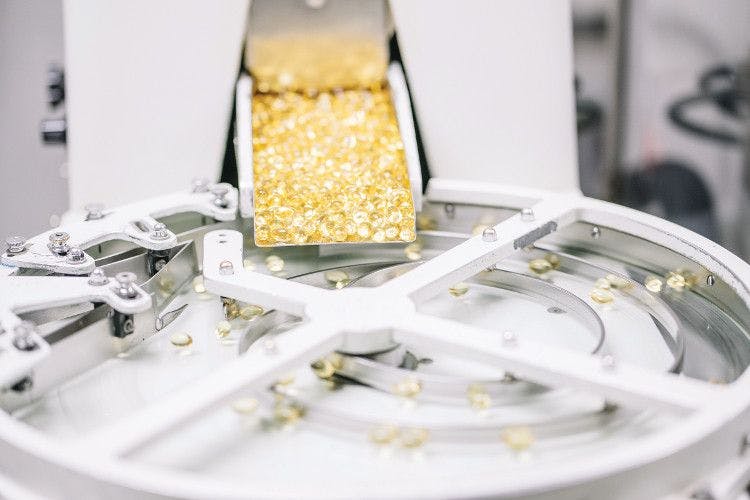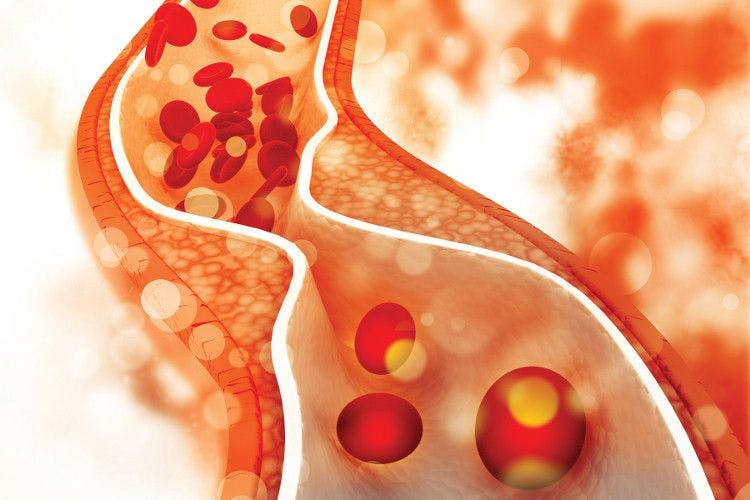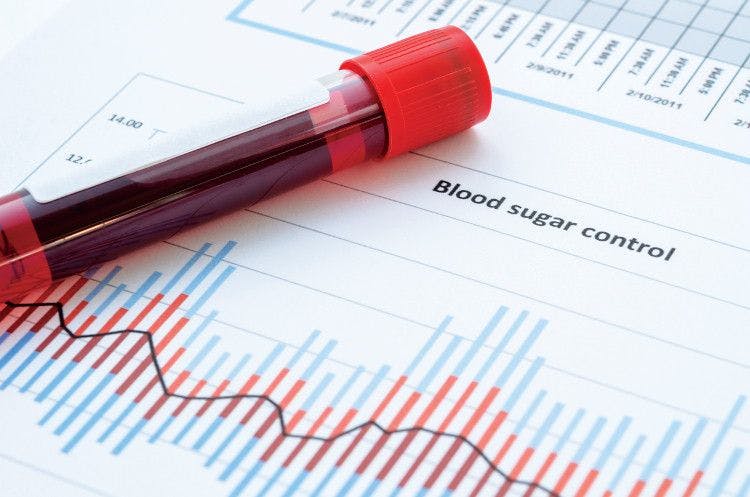Blood sugar–support snapshot
Ingredients for keeping blood sugar levels healthy
Photo © AdobeStock.com/gamjai

Sugar has become a dirty word among health-conscious consumers in recent years, and perhaps with good reason. In the United States alone, the numbers associated with all forms of diabetes and high blood sugar are startling. For instance, in 2015, 30.3 million Americans, or nearly 10% of the population, had diabetes, according to the American Diabetes Association. 1.5 million Americans are diagnosed with diabetes every year, and the disease remains the seventh leading cause of death.
Additionally, a diet in which 25% or more of calories consumed are from added sugars is now associated with higher mortality from heart disease, and “excessive sugar intake” is also linked to chronic inflammation, nonalcoholic fatty liver disease, obesity, and a greater risk of certain forms of cancer.1,2
Because of these findings, the American Heart Association recommends an intake of no more than nine teaspoons of sugar a day for men, six for women and children, and zero for kids under 2. The heart association reports that Americans, on average, are currently eating about 17 teaspoons of sugar per day, while teenagers in particular eat 20.
Americans are simply eating too much sugar, it seems, and endangering their health as a result. Fortunately, this is an area in which ingredients suppliers are both seizing an opportunity and potentially making a difference in public health, by offering products that replace sugar or mitigate its effects on the human body. Among their ingredient innovations are fibers and replacement sweeteners, as described ahead.
Fiber
American consumers recognize fiber as a good-for-you ingredient that plays a role in both cardiovascular and digestive health. Fiber also appears to help lower the blood-glucose response after eating, particularly when it replaces some of the sugar in the food consumed.
Ingredients supplier Beneo (Mannheim, Germany) points out in a recent white paper that “the shift of focus from cutting out carbohydrates altogether to managing their release has gained traction amongst consumers over recent years,” and that these consumers “are beginning to make purchasing decisions that reflect this change of mindset.” Accordingly, the company touts the benefits of its prebiotic chicory-root-based fibers (inulin and oligofructose), which “reduce the glycemic response to foods” when they replace some of the added sugar normally found in those foods.
Likewise, ingredient company Tate & Lyle (London) is responding to consumer demand with its polydextrose products, which, when formulated into foods, lower the body’s glycemic response, as well as its soluble corn fiber products, which are associated with reduced postprandial glucose and insulin levels when they replace some of the sugar typically used in foods.
Sweeteners/Sugar Replacements
As sugar is regarded by consumers with increasing trepidation, replacement sweeteners that are perceived as more natural and less chemical (than saccharin and aspartame) are taking its place. Product development in this category is robust, with many options now available to sugar-conscious consumers wishing to reduce their risk of disease.
Zero-calorie sweeteners include stevia and sugar alcohols, such as those offered by ingredient company Cargill (Minneapolis). Its ViaTech stevia-leaf extract and EverSweet Reb M and Reb D products are formulated into food and beverages for sweetness minus sugar and calories. Its Zerose erythritol, also zero-calorie, is a bulk sweetener often paired with high-intensity sweeteners that “is tooth-friendly, does not impact glycemic index, and has the highest digestive tolerance of sugar alcohols,” according to Cargill Global Marketing Programs Manager Pam Stauffer.
Beneo, for its part, produces Palatinose (isomaltulose), which is derived from sugar beets and has “similar technological properties” as sucrose, according to product literature. “This functional carbohydrate is fully yet slowly released [into the body], and provides glucose in a sustained manner. This ensures that blood-sugar levels stay balanced,” the company states. Beneo recently showcased and sampled at January’s ISM Trade Fair the first-ever toffees made with the ingredient.
Allulose is another substance-naturally found in raisins, maple syrup, molasses, and figs-which conveys sweetness with negligible calories, as is monk fruit extract, which in at least one study was shown not to raise energy intake, blood glucose, or insulin in test subjects.3
References:
- Yang Q et al. “Added sugar intake and cardiovascular diseases mortality among US adults.” JAMA Internal Medicine, vol. 174, no. 4 (April 2014): 516–524
- Colino S. “The Bitter Truth about Too Much Sugar.” Accessed at AARP website on February 15, 2019. www.aarp.org/health/healthy-living/info-2018/give-up-sugar-fd.html
- Tey SL et al. “Effects of aspartame-, monk fruit-, stevia- and sucrose-sweetened beverages on postprandial glucose, insulin and energy intake.” International Journal of Obesity, vol. 41, no. 3 (March 2017): 450–457

Prinova acquires Aplinova to further increase its footprint in Latin America
April 7th 2025Prinova has recently announced the acquisition of Brazilian ingredients distributor Aplinova, which is a provider of specialty ingredients for a range of market segments that include food, beverage, supplements, and personal care.

.png&w=3840&q=75)

.png&w=3840&q=75)



.png&w=3840&q=75)



.png&w=3840&q=75)




















